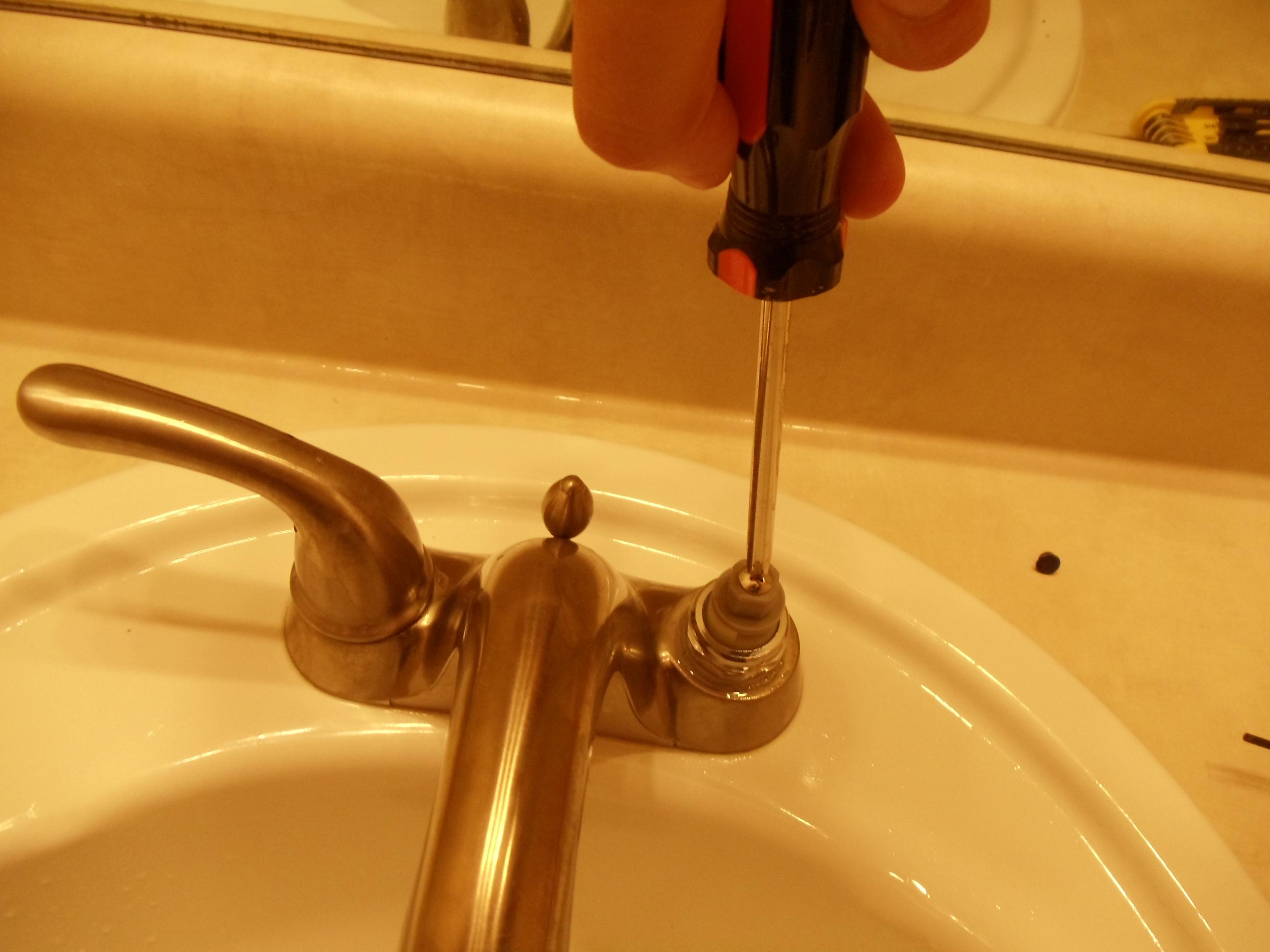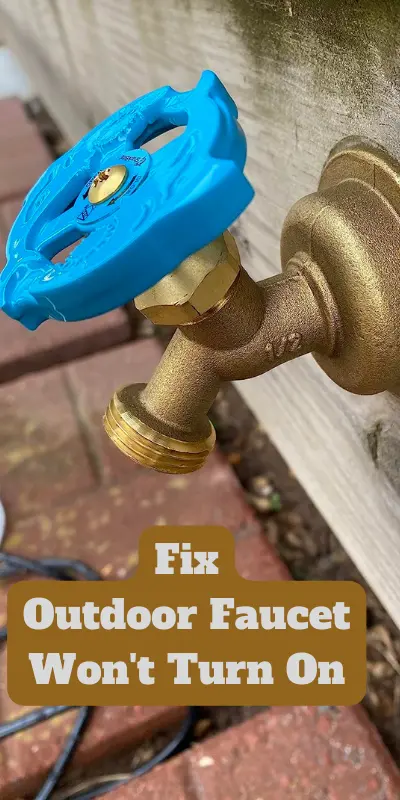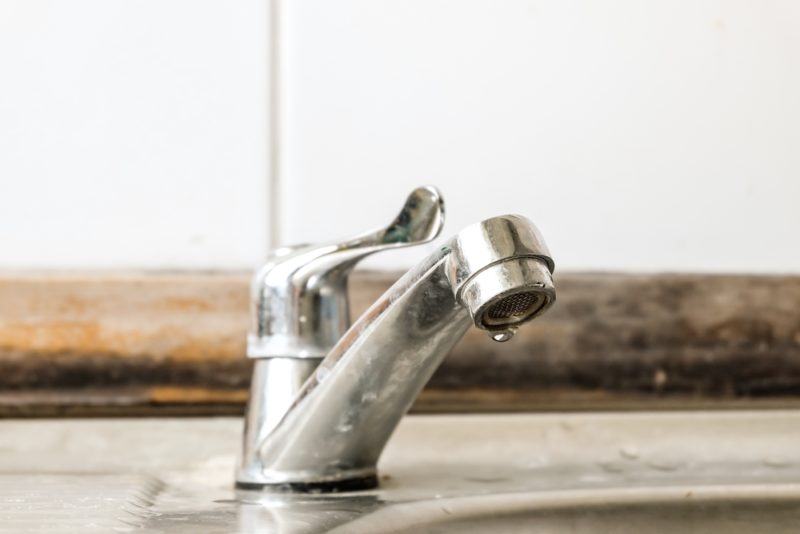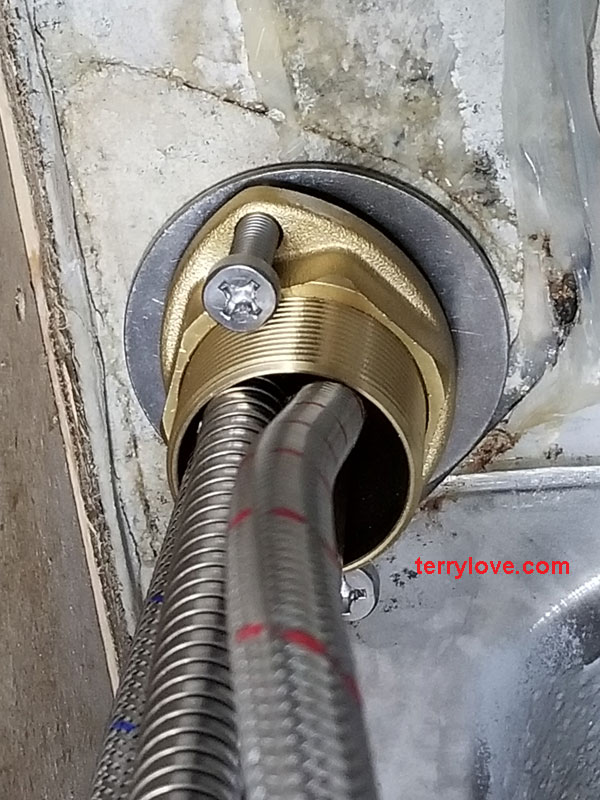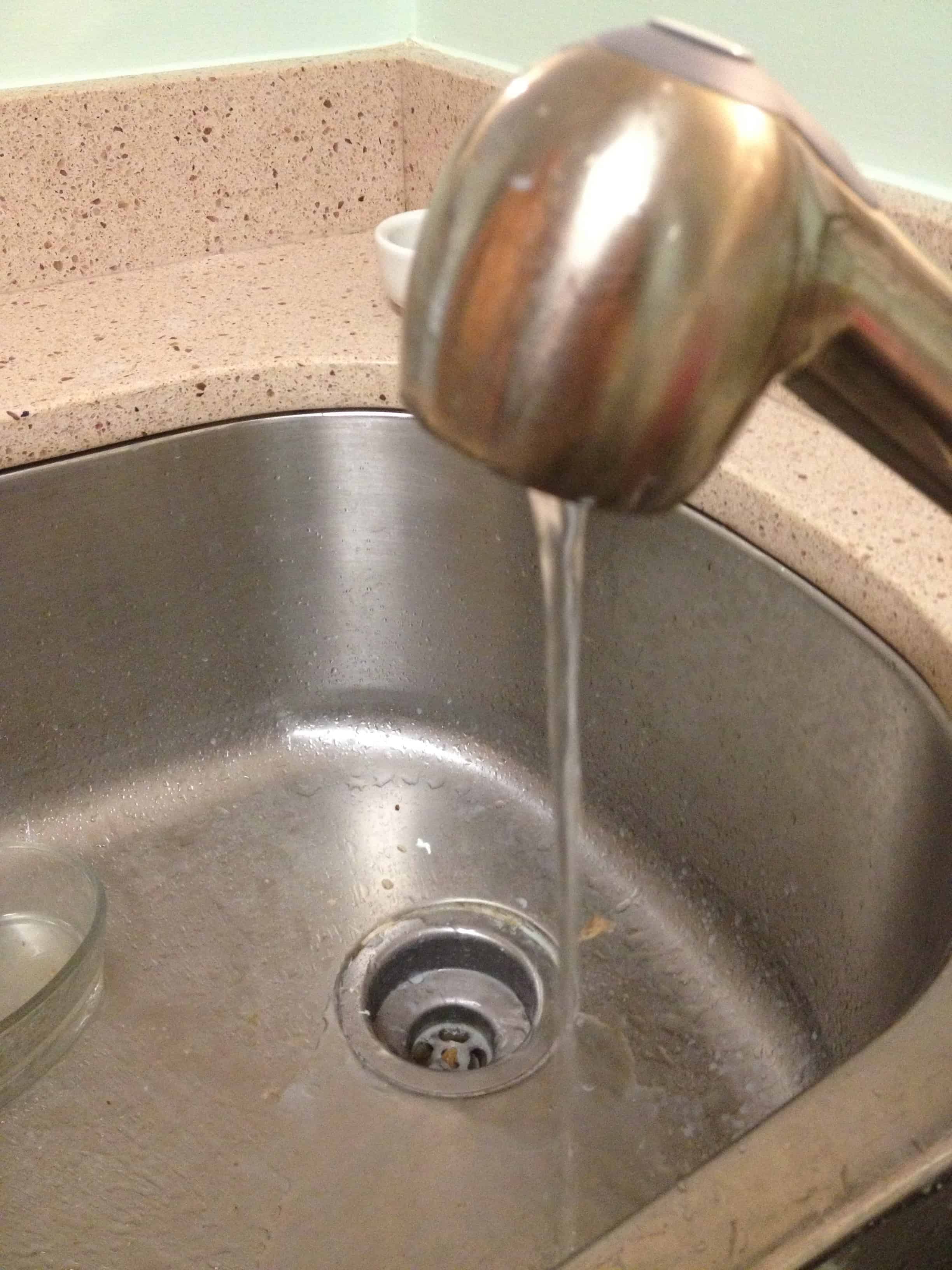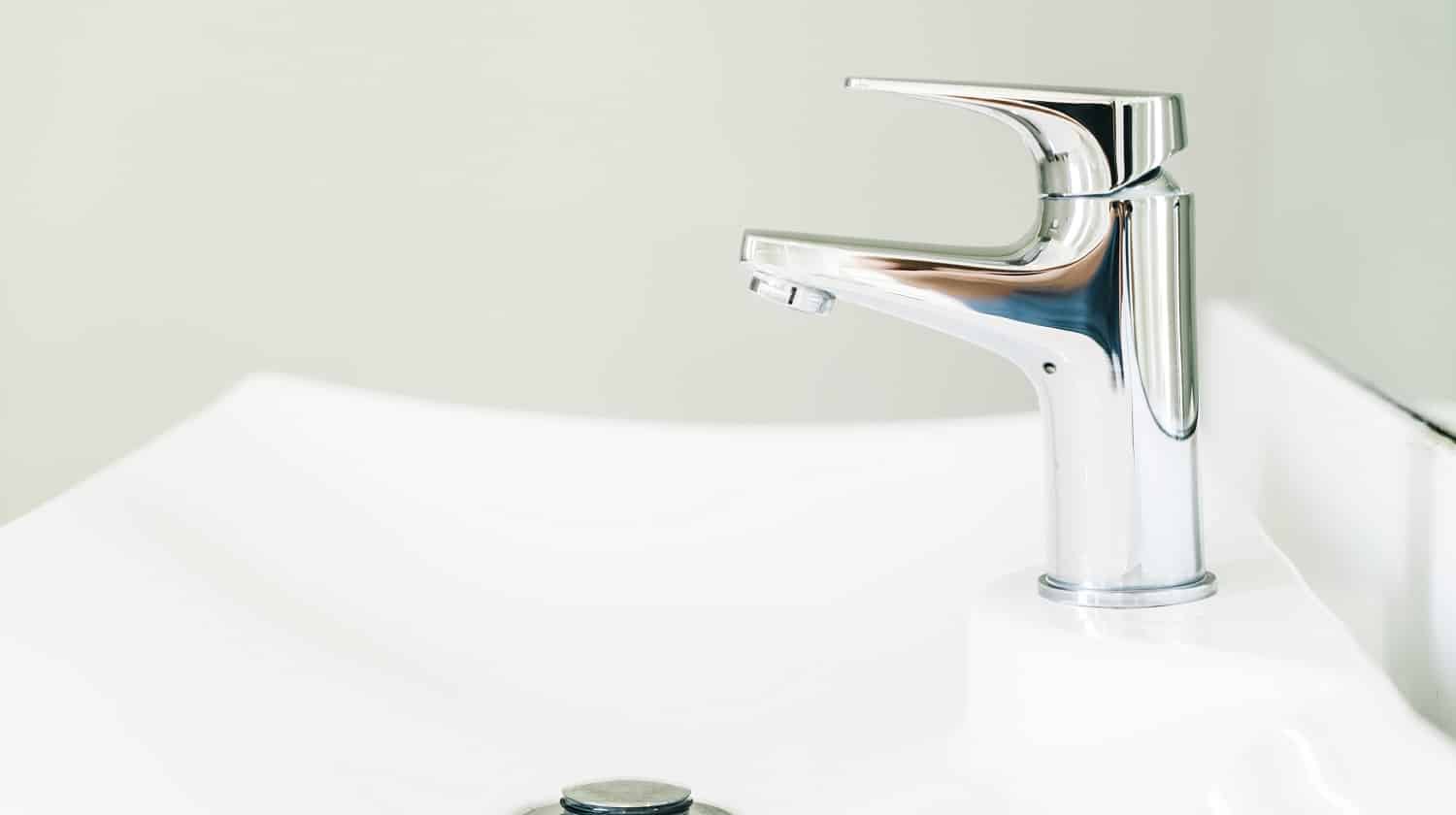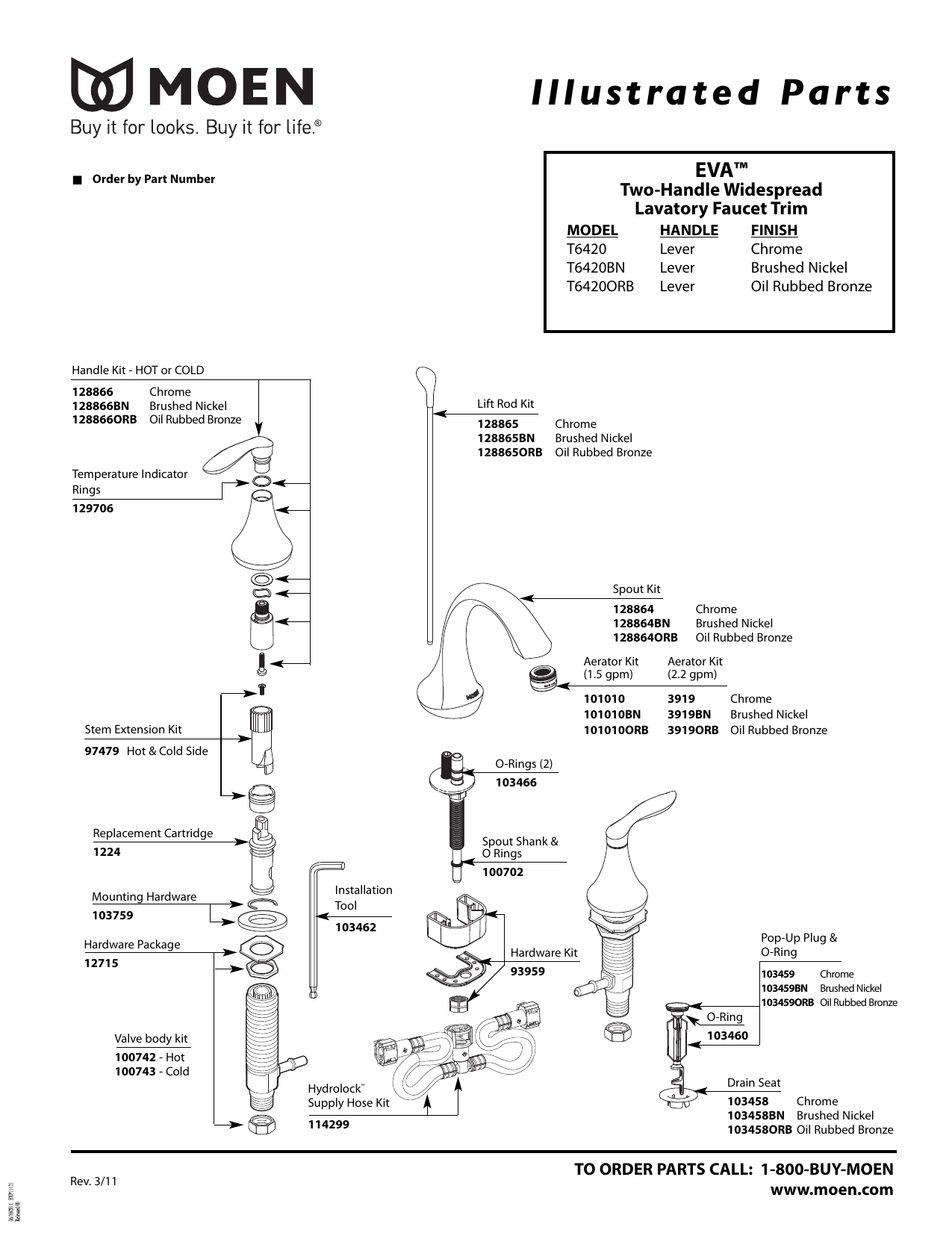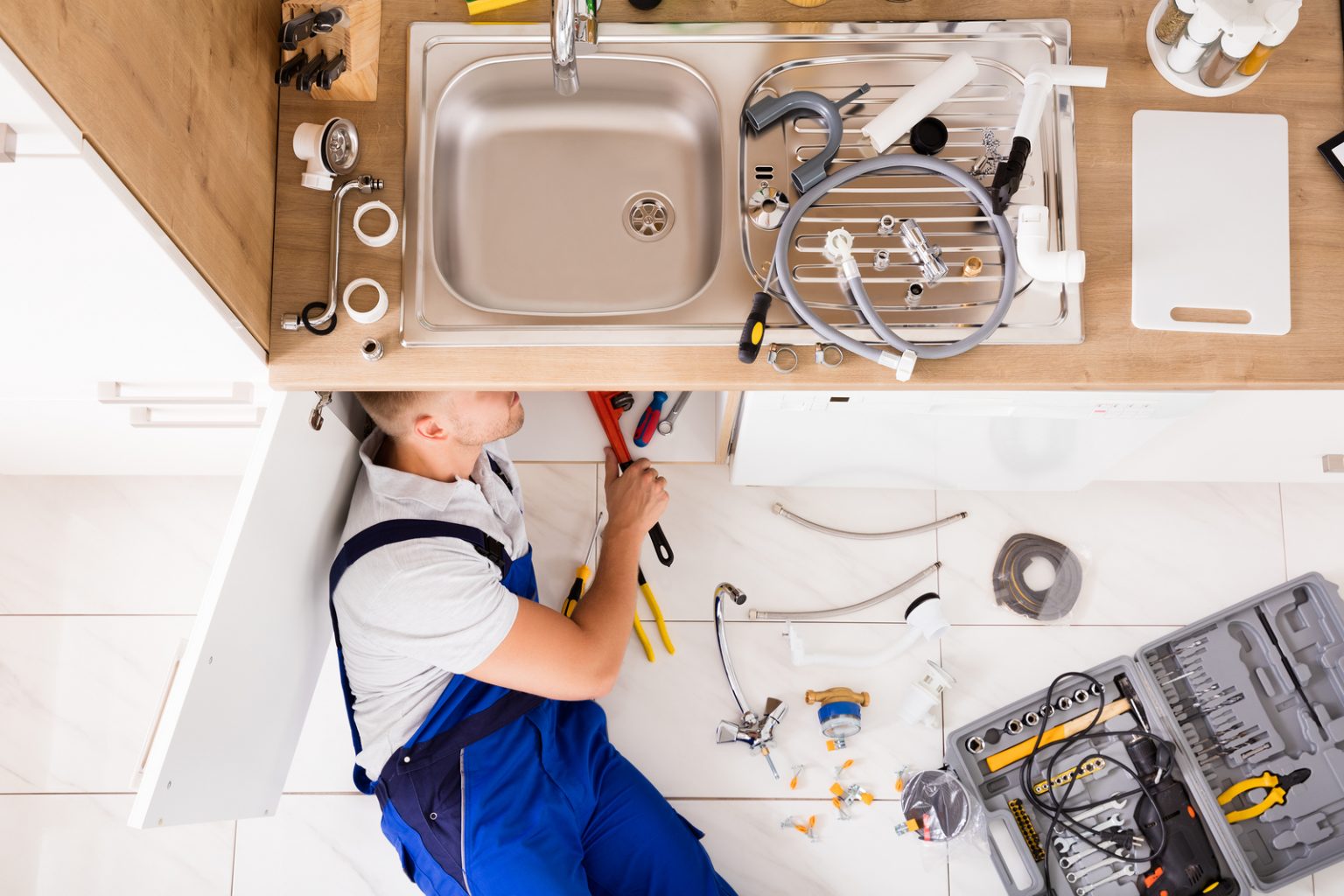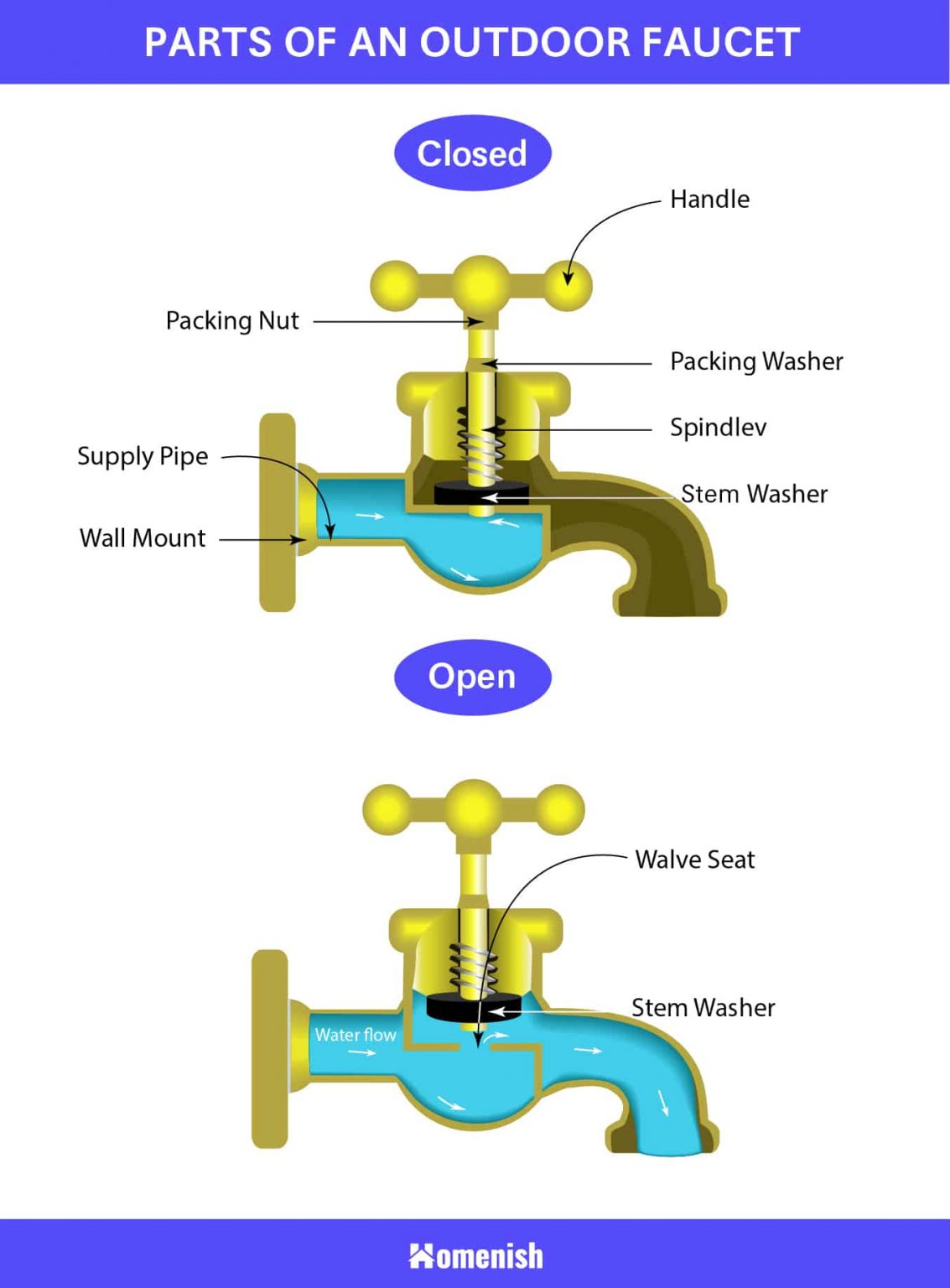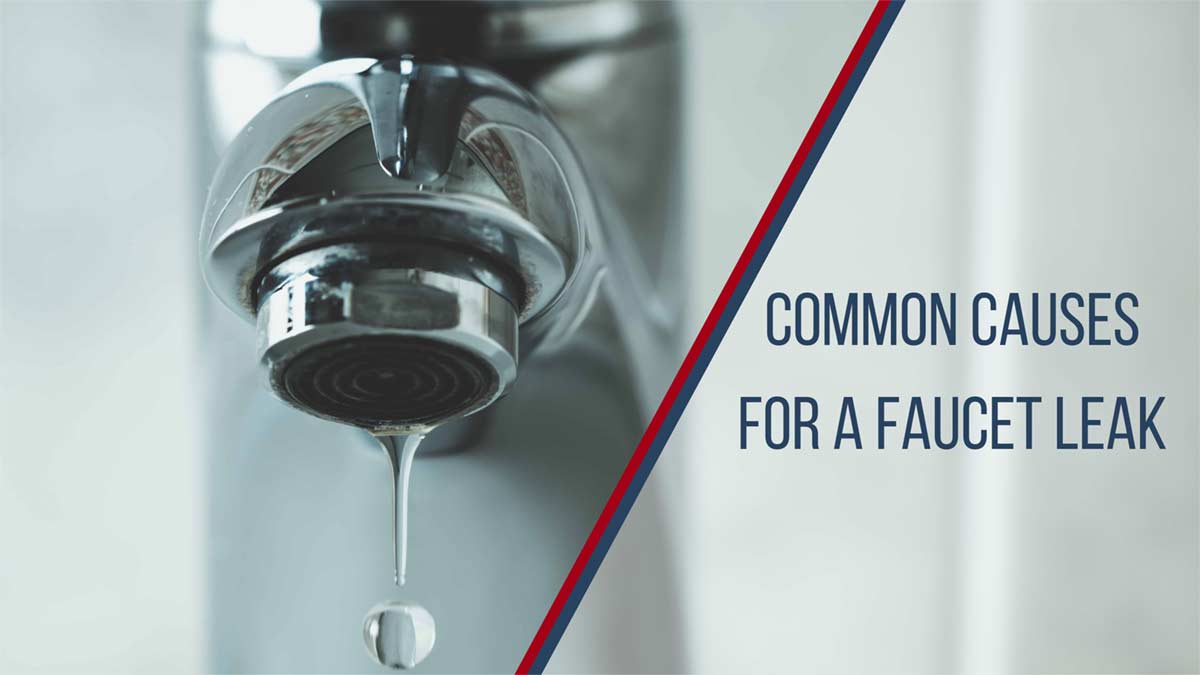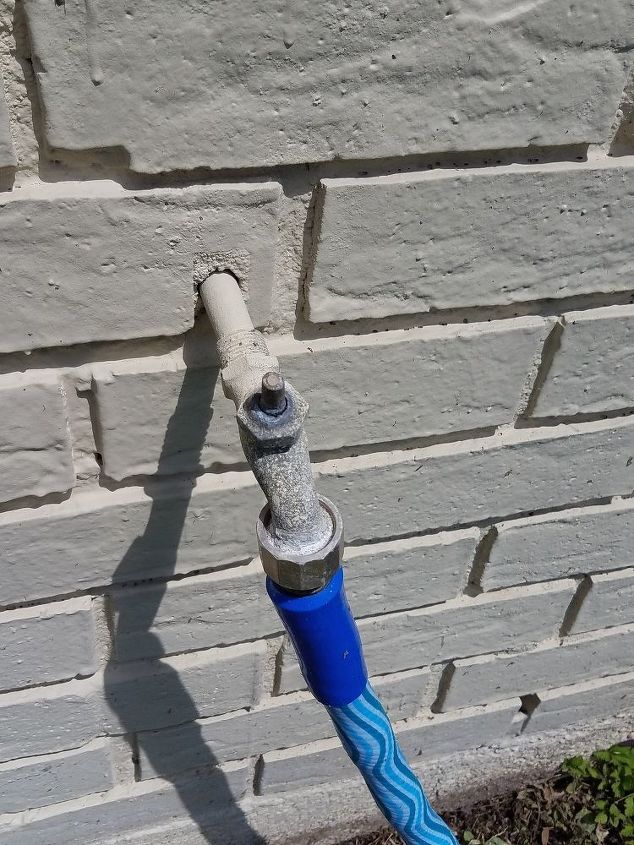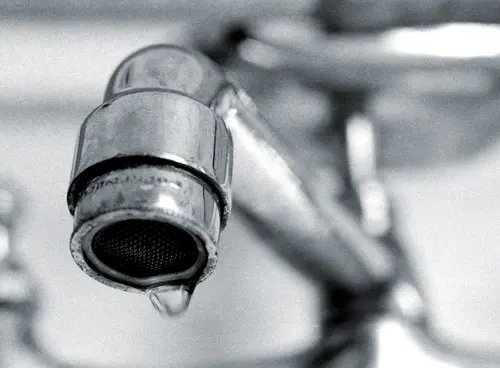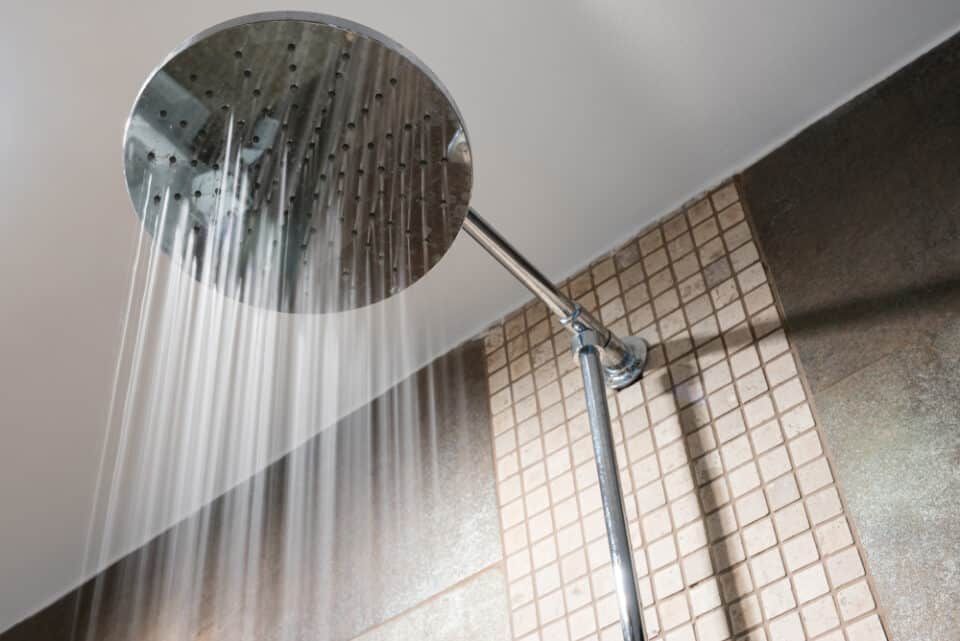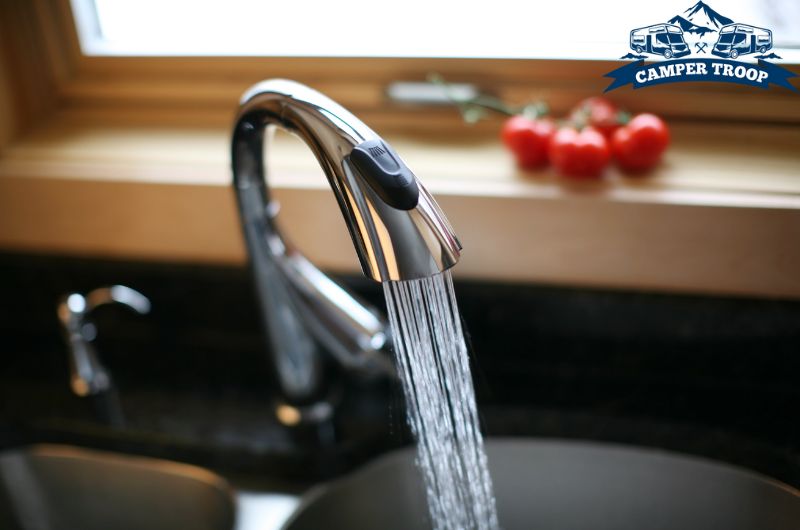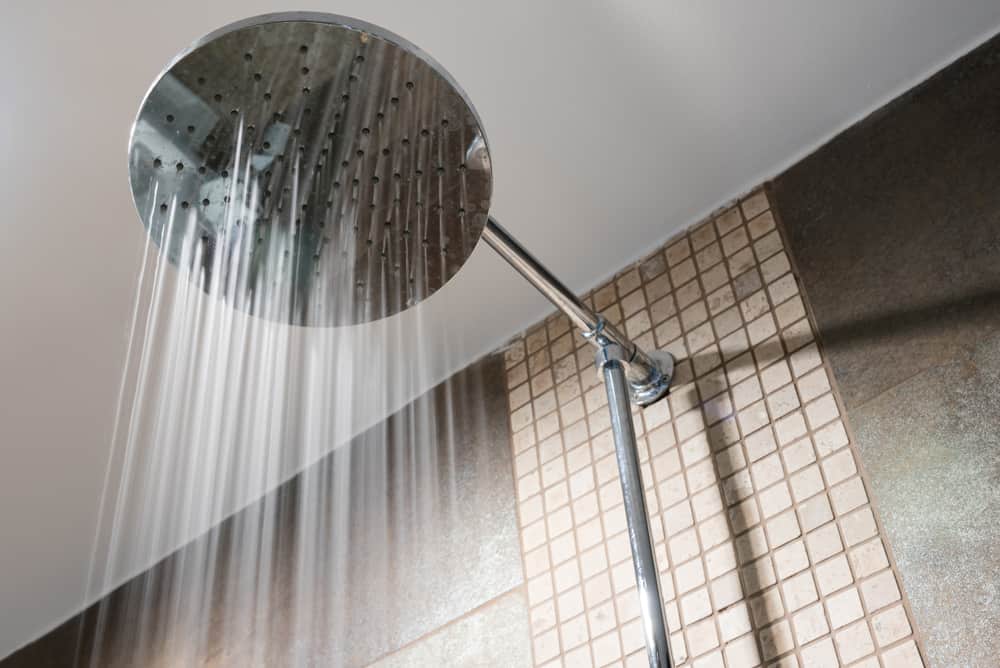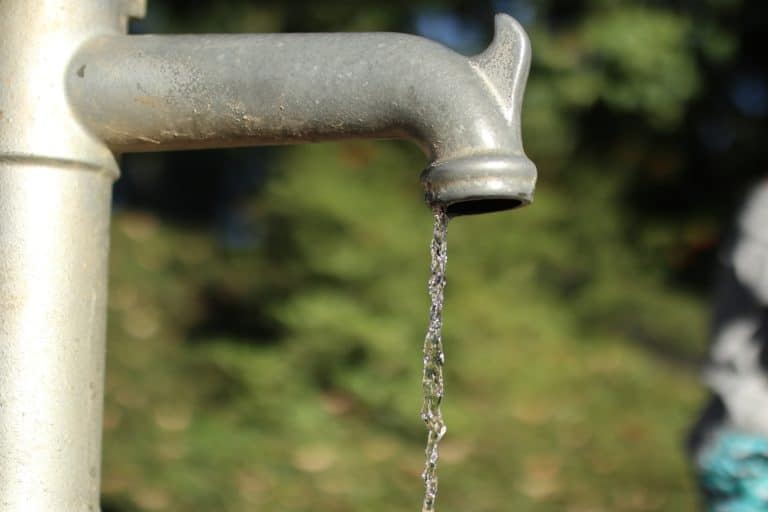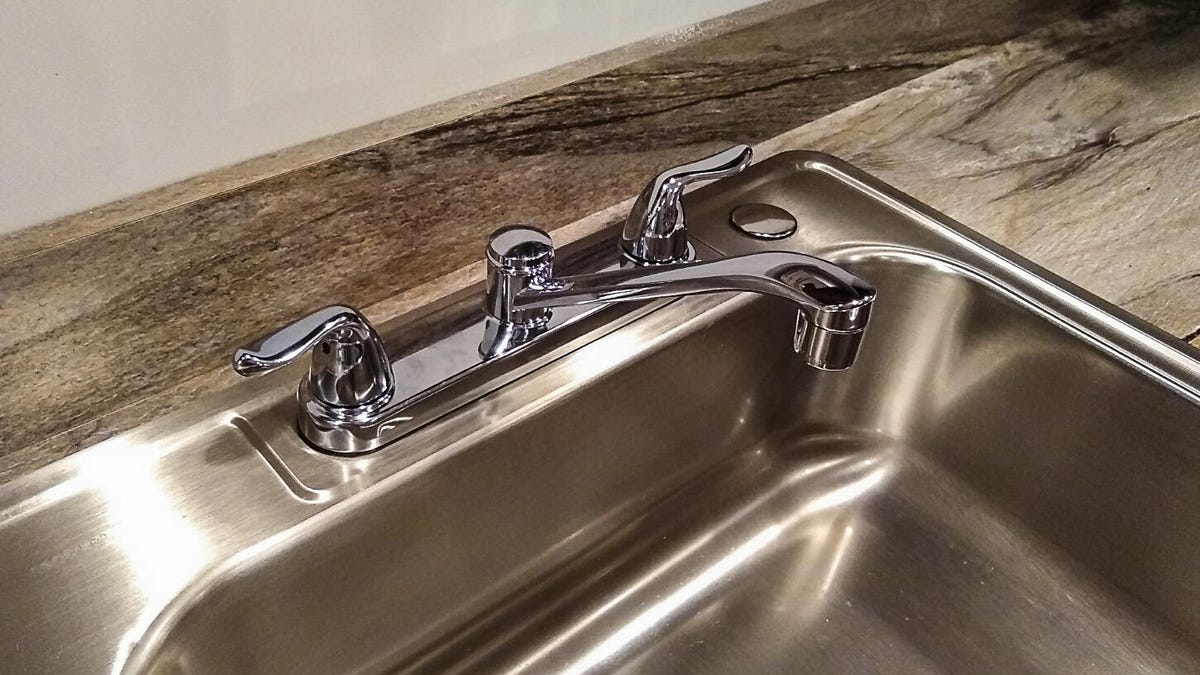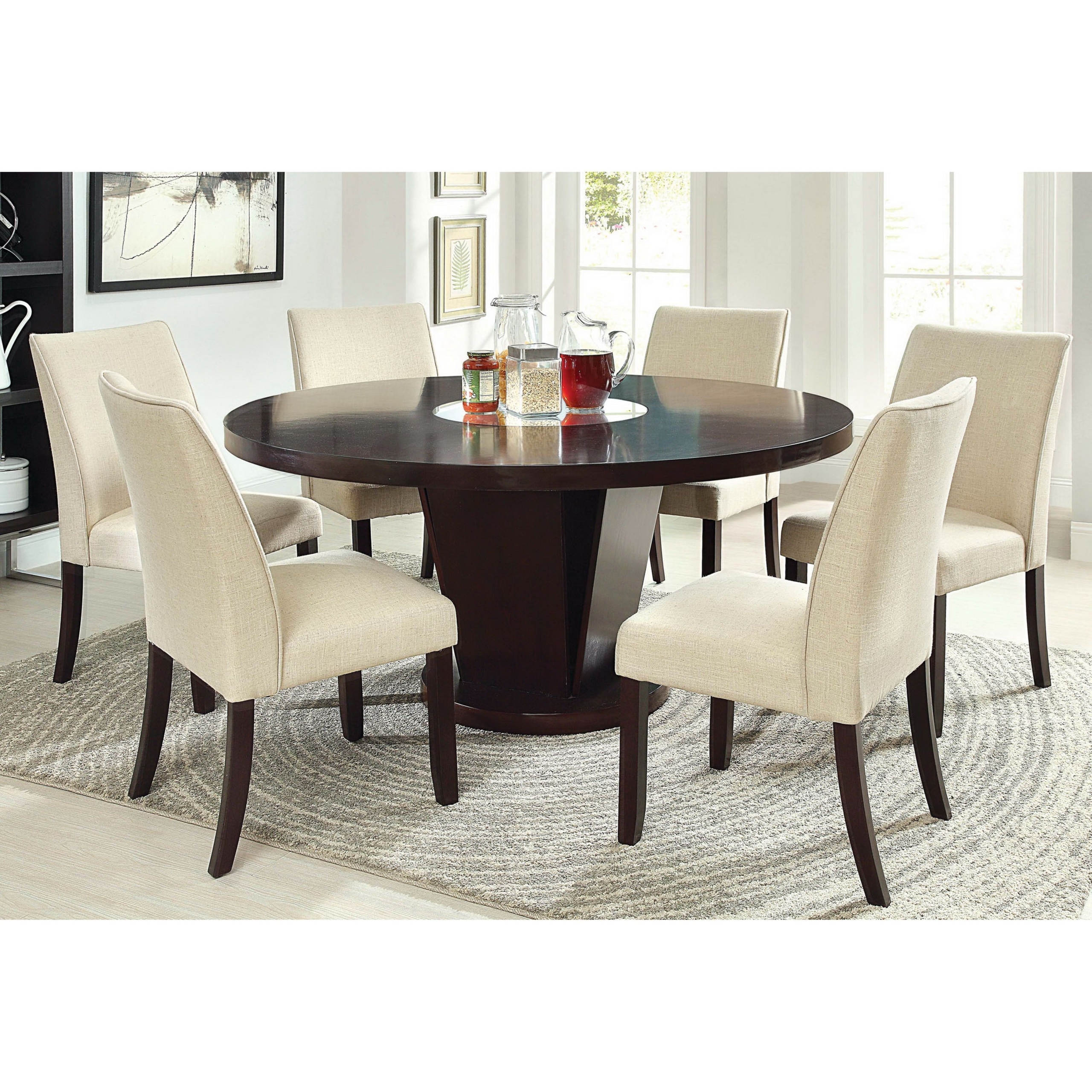If you've noticed a constant drip coming from your bathroom sink faucet, it's important to address it as soon as possible. Not only is the sound irritating, but a leaky faucet can also waste a significant amount of water and increase your water bill. The good news is that fixing a leaky faucet is usually a simple DIY task that can save you time and money. One common cause of a leaky bathroom sink faucet is a worn out or damaged cartridge. The cartridge is responsible for controlling the flow of water, and over time, it can become worn or clogged with debris. To fix this issue, you can purchase a replacement cartridge specific to your faucet brand and model, and follow the instructions provided by the manufacturer to replace it.Fixing a Leaky Bathroom Sink Faucet:
If your bathroom sink faucet won't turn off completely, there may be a few different factors at play. One possibility is that the handle itself is stuck or damaged, preventing it from fully shutting off the water. In this case, you may need to replace the handle or simply adjust it to ensure it is fully closed when turned off. Another common culprit for a faucet that won't turn off is a faulty valve. The valve is responsible for controlling the flow of water and can become damaged or worn over time. To fix this issue, you may need to replace the valve or have a professional plumber take a look to determine the best course of action.Troubleshooting a Faucet That Won't Turn Off:
As mentioned earlier, a worn or damaged cartridge can cause a leaky or malfunctioning faucet. If you've determined that this is the issue, it's important to replace the cartridge as soon as possible. You can find replacement cartridges at most hardware stores, and they are relatively easy to install with the right tools and instructions. Before purchasing a replacement cartridge, make sure to note the brand and model of your faucet, as well as the size and type of cartridge needed. This information can usually be found on the faucet itself or in the instruction manual.Replacing a Worn Faucet Cartridge:
There are a few other potential causes for a bathroom sink faucet that won't shut off completely. One possibility is a loose handle, which can cause the handle to spin without actually turning off the water. To fix this, you may need to tighten the handle or replace any worn or damaged parts. Another common cause is an issue with the water flow. If the water flow seems weak or inconsistent, there may be a blockage in the faucet's aerator or a problem with the water pressure. Try cleaning or replacing the aerator, and if the issue persists, it may be worth contacting a professional plumber.Common Causes of a Faucet That Won't Shut Off:
If you're feeling handy, there are a few DIY solutions you can try for a faucet that won't turn off completely. One option is to adjust the faucet's stopper, which controls the water flow. You can usually access the stopper by removing the handle and adjusting the screw or nut that holds it in place. Another DIY fix is to replace the washer inside the faucet. Over time, the washer can become worn or damaged, leading to a faucet that won't fully close. You can purchase a replacement washer at a hardware store and follow the manufacturer's instructions to install it.DIY Solutions for a Faucet That Won't Turn Off:
The O-ring is a small rubber ring that helps create a tight seal and prevent leaks in your faucet. If the O-ring becomes worn or damaged, it can affect the faucet's ability to turn off completely. To replace the O-ring, you may need to disassemble the faucet and remove the handle, then replace the O-ring and reassemble the faucet. It's important to note that this task may be more complex and require special tools, so if you're unsure, it may be best to seek professional assistance.Replacing a Damaged Faucet O-Ring:
If you've noticed that your faucet handle is loose and spinning without actually turning off the water, it's important to address it as soon as possible. A loose handle can lead to further damage and make it more difficult to turn off the faucet in the future. To tighten a loose faucet handle, you may need to use a wrench or screwdriver to tighten the handle or any screws or nuts holding it in place. If the handle is still loose after tightening, it may be necessary to replace any worn or damaged parts.How to Tighten a Loose Faucet Handle:
If you've tried all the DIY solutions and your faucet still won't shut off completely, it may be time to call in a professional plumber. They can assess the issue and determine the best course of action, whether it's replacing parts, adjusting the water flow, or installing a new faucet altogether. It's important to address a faucet that won't shut off completely as soon as possible to prevent further damage and water waste.Dealing with a Faucet That Won't Shut Off Completely:
If you've determined that the issue with your faucet is a faulty cartridge, it's important to replace it as soon as possible. A faulty cartridge can lead to leaks, low water pressure, and other issues that can be costly and inconvenient. To replace a faulty faucet cartridge, make sure to purchase the correct replacement specific to your faucet brand and model. Follow the manufacturer's instructions to remove the old cartridge and install the new one, or seek professional assistance if needed.Replacing a Faulty Faucet Cartridge:
If you're dealing with a faucet that simply won't turn off, it's important to address the issue as soon as possible. A faucet that won't turn off can waste a significant amount of water and lead to higher water bills. Some potential DIY solutions for a faucet that won't turn off completely include adjusting the handle, replacing worn or damaged parts, and cleaning or replacing the aerator. If these solutions don't work, it may be necessary to call in a professional plumber to assess and fix the issue. Don't let a malfunctioning bathroom sink faucet cause frustration and waste your hard-earned money. By understanding the common causes and potential solutions for a faucet that won't turn off completely, you can take the necessary steps to fix the issue and keep your faucet running smoothly. Remember, if you're unsure or uncomfortable with DIY repairs, it's always best to seek professional assistance to ensure the job is done correctly and efficiently.How to Fix a Faucet That Won't Turn Off Completely:
The Importance of Properly Functioning Bathroom Sink Faucets in House Design

When it comes to designing and decorating a house, it's easy to get caught up in the aesthetics of each room. However, it's important not to overlook the functionality of key features, such as the bathroom sink faucet . A faucet that won't turn off completely can not only be frustrating, but it can also cause potential damage to your sink and plumbing. In this article, we'll discuss the importance of properly functioning bathroom sink faucets in house design and some possible solutions for when they refuse to turn off completely.
The Role of Bathroom Sink Faucets in House Design

While it may seem like a small detail, bathroom sink faucets play a crucial role in the overall design of a bathroom. They are not only functional in providing water for washing hands and brushing teeth, but they also serve as a decorative element that can enhance the overall look and feel of the space. Faucets come in a variety of styles, finishes, and sizes, making it easy to find one that fits your personal design preferences and complements the rest of your bathroom decor.
However, if your bathroom sink faucet is malfunctioning, it can throw off the entire aesthetic of your bathroom. A faucet that won't turn off completely can create a constant drip or even a steady stream of water, which not only wastes water but can also lead to water damage on your sink and surrounding areas. This not only affects the functionality of the faucet itself, but it can also impact the overall look and feel of your bathroom.
Possible Solutions for a Faucet That Won't Turn Off
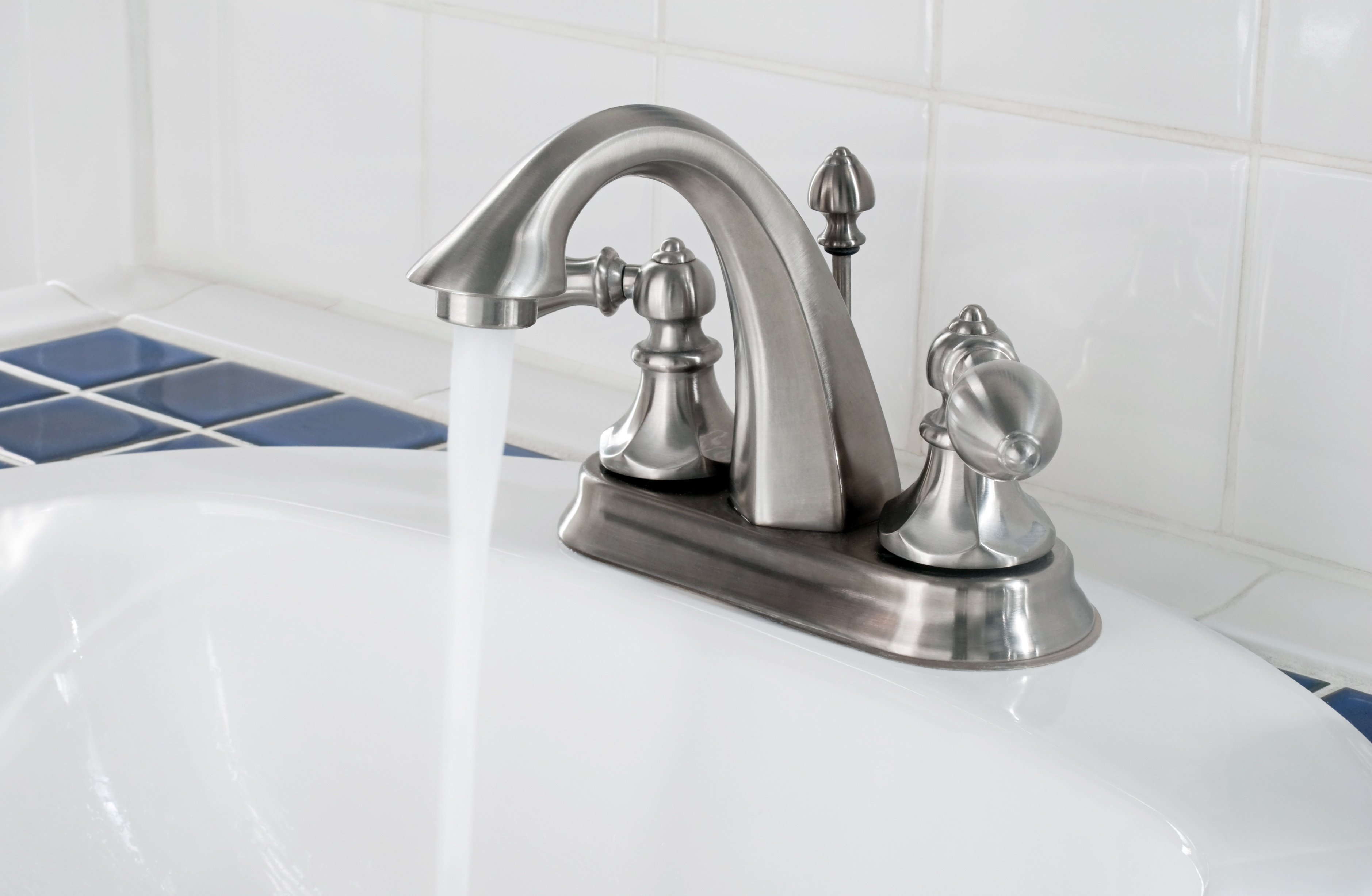
If you're experiencing a bathroom sink faucet that won't turn off completely, there are a few possible solutions that you can try before calling in a professional. First, check the handles and make sure they are turned completely off. Sometimes, they can become loose or misaligned, causing the faucet to not shut off completely. You can also try cleaning the faucet aerator or replacing it altogether if it's damaged.
If these solutions don't work, it may be time to call a professional plumber. They can assess the issue and determine whether it's a problem with the faucet itself or the plumbing behind it. It's important to address a bathroom sink faucet that won't turn off completely as soon as possible to prevent any further damage and inconvenience.
In conclusion, when it comes to house design, bathroom sink faucets may seem like a minor detail, but they play a crucial role in both functionality and aesthetics. If you're experiencing a faucet that won't turn off completely, it's important to address the issue promptly to maintain the overall design and functionality of your bathroom. With proper maintenance and timely repairs, your bathroom sink faucet can continue to be a beautiful and functional addition to your home.












